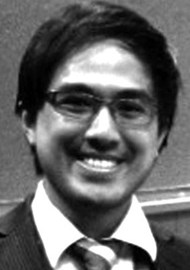This article explores the management of flaccid facial palsy focusing on weakness less than one to two years’ duration. As a general rule, primary nerve repair produces the best outcome and should be performed where possible. For long-standing paralysis of more than two years’ duration, dynamic reinnervation of native facial nerve would not have a good result due to ultrastructural changes in the distal facial nerve branches and atrophy of the facial muscles themselves. Hence time is an important factor here, as facial musculature starts to atrophy if the paralysis has been present for too long. An important consideration is to determine if the proximal facial nerve is accessible and facial muscles are functional. Cases where the proximal facial nerve is accessible and facial muscles are functional are ideal for primary nerve repair or interposition grafting. Primary nerve repair gives the best outcome in terms of static tone, dynamic movement and synkinesis. Common donor nerves include the great auricular and sural nerves. If the proximal facial nerve is not functional, nerve substitution with hypoglossal or masseteric nerves is an option. If the hypoglossal nerve is used there would be atrophy of ipsilateral tongue, potentially leading to dysarthria and dysphagia, hence masseteric nerve is preferable if possible. The authors also discuss techniques for contralateral facial nerve cross-face graft. The advantage of this technique is that it potentially allows simultaneous blink and smile. However, it requires a long interposition nerve graft and also a significant time for nerve reinnervation by which time the facial muscle distally may have atrophied. A tip is to simultaneously perform static procedures while awaiting recovery from nerve repair, such as static suspension of the lip to aid symmetry and rehabilitation. Treatment of this condition is complex with lots of potential options and the authors summarise the options nicely in a table.




